looking for some help for this, I have a timer that works after submitting a password which is great, but I then need to disable the button after the timer starts and is disabled for a period of time, (in the code I have entered a nominal 90 seconds)
however the button is not disabling.
if anybody could show me where I am going wrong that would be awesome.
import UIKit
class appiHour: UIViewController {
var timer = Timer()
var counter = 60
var password_Text: UITextField?
func enableButton() {
self.timerStartButton.isEnabled = true
}
@IBOutlet weak var timerLabel: UILabel!
override func viewDidLoad() {
super.viewDidLoad()
// Do any additional setup after loading the view, typically from a nib.
}
override func didReceiveMemoryWarning() {
super.didReceiveMemoryWarning()
// Dispose of any resources that can be recreated.
}
@IBAction func timerStartButton(_ sender: Any) {
var password_Text: UITextField?
let alertController = UIAlertController(title: "To start your own 2 Cocktails for £10 APPi Hour", message: "get a memeber of the team to enter the password, but use it wisely, as you can only use it once per day, with remember great power comes great responsability", preferredStyle: UIAlertControllerStyle.alert)
let tickoff_action = UIAlertAction(title: "let the APPiness commence", style: UIAlertActionStyle.default) {
action -> Void in
self.timerStartButton.isEnabled = false
Timer.scheduledTimer(timeInterval: 90, target: self, selector: #selector(appiHour.enableButton), userInfo: nil, repeats: false)
if let password = password_Text?.text{
print("password = \(password)")
if password == "baruba151" {
self.counter = 60
self.timerLabel.text = String(self.counter)
self.timer = Timer.scheduledTimer(timeInterval: 0.5, target: self, selector: #selector(appiHour.updateCounter), userInfo: nil, repeats: true)
}
} else {
print("No password entered")
}
}
alertController.addTextField { (txtpassword) -> Void in
password_Text = txtpassword
password_Text!.isSecureTextEntry = true
password_Text!.placeholder = ""
}
alertController.addAction(tickoff_action)
self.present(alertController, animated: true, completion: nil)
}
@IBOutlet weak var timerStartButton: UIButton!
func updateCounter() {
counter -= 1
timerLabel.text = String(counter)
if counter == 0{
timer.invalidate()
counter = 0
}
}
}
As a secondary question is it possible to run the timer while the app is in the background? i know apple frowns on this aside for Sat Nav, Music apps etc. But is there a method in which the timer is held and a notification is sent locally letting the user know the timer has ended?
thanks in advance.


